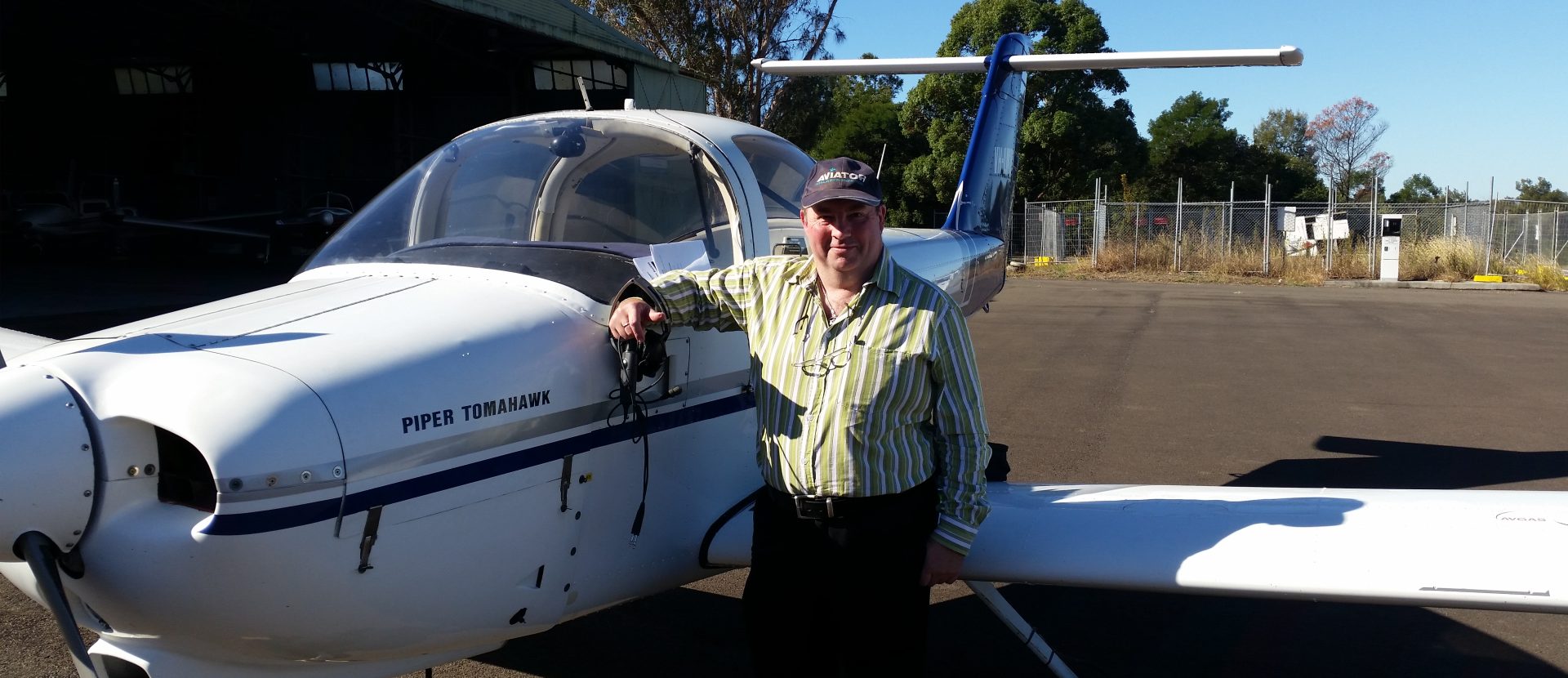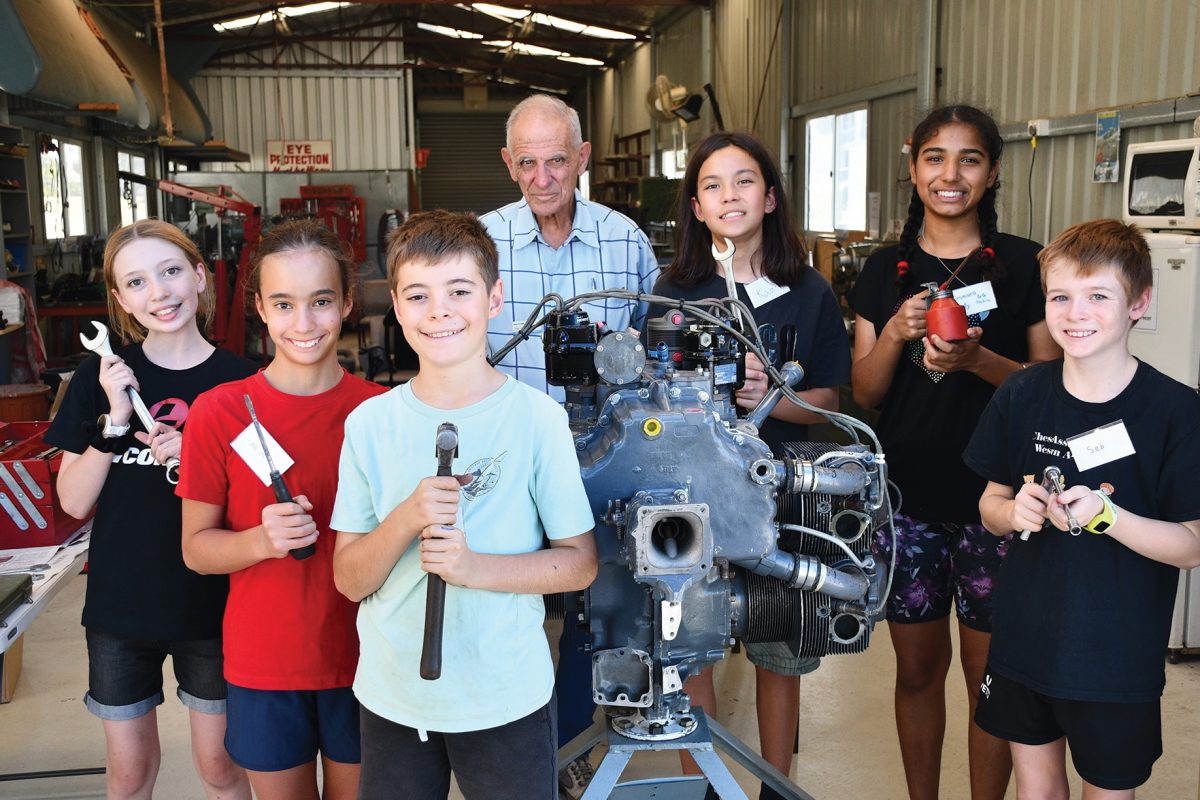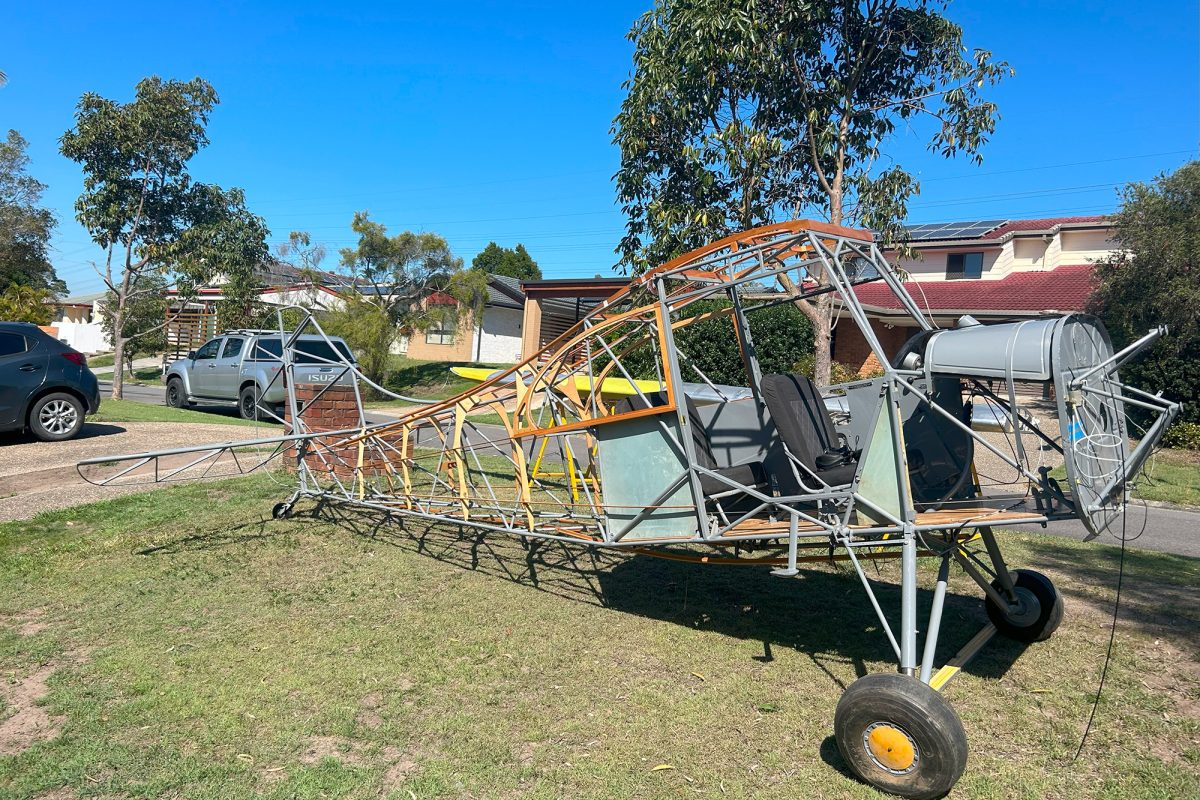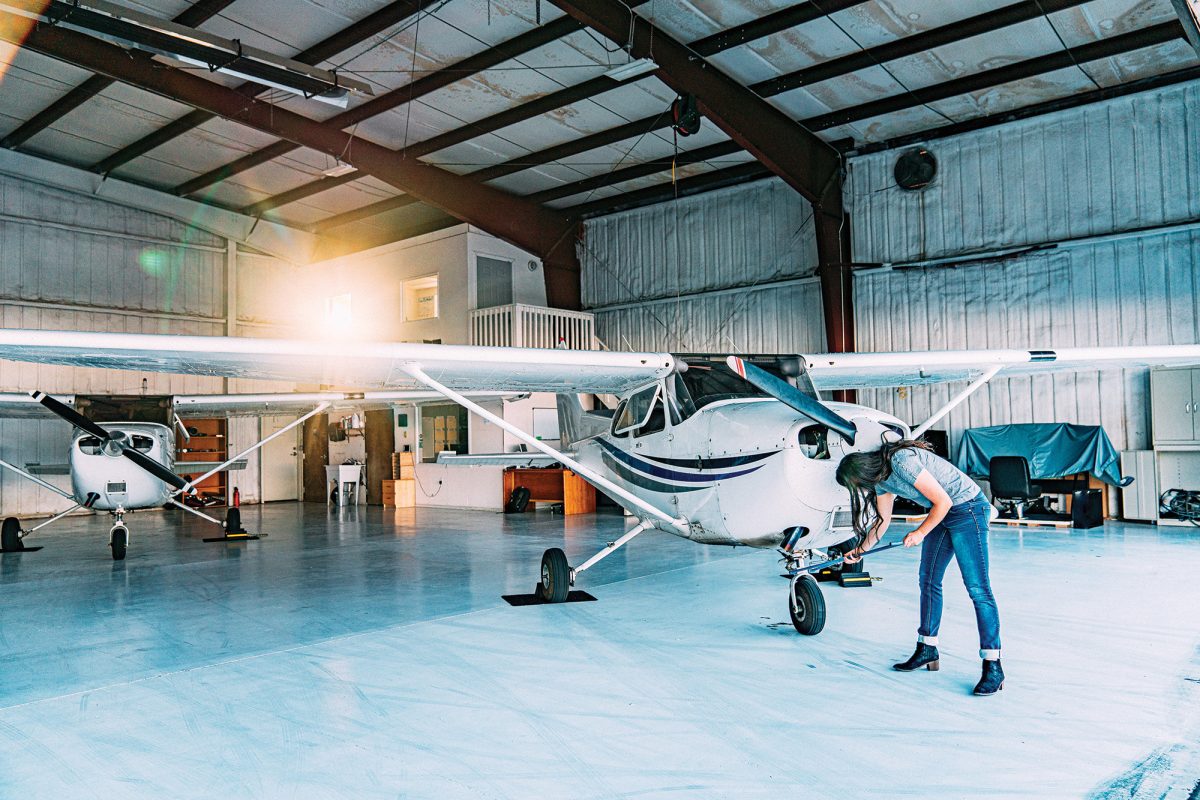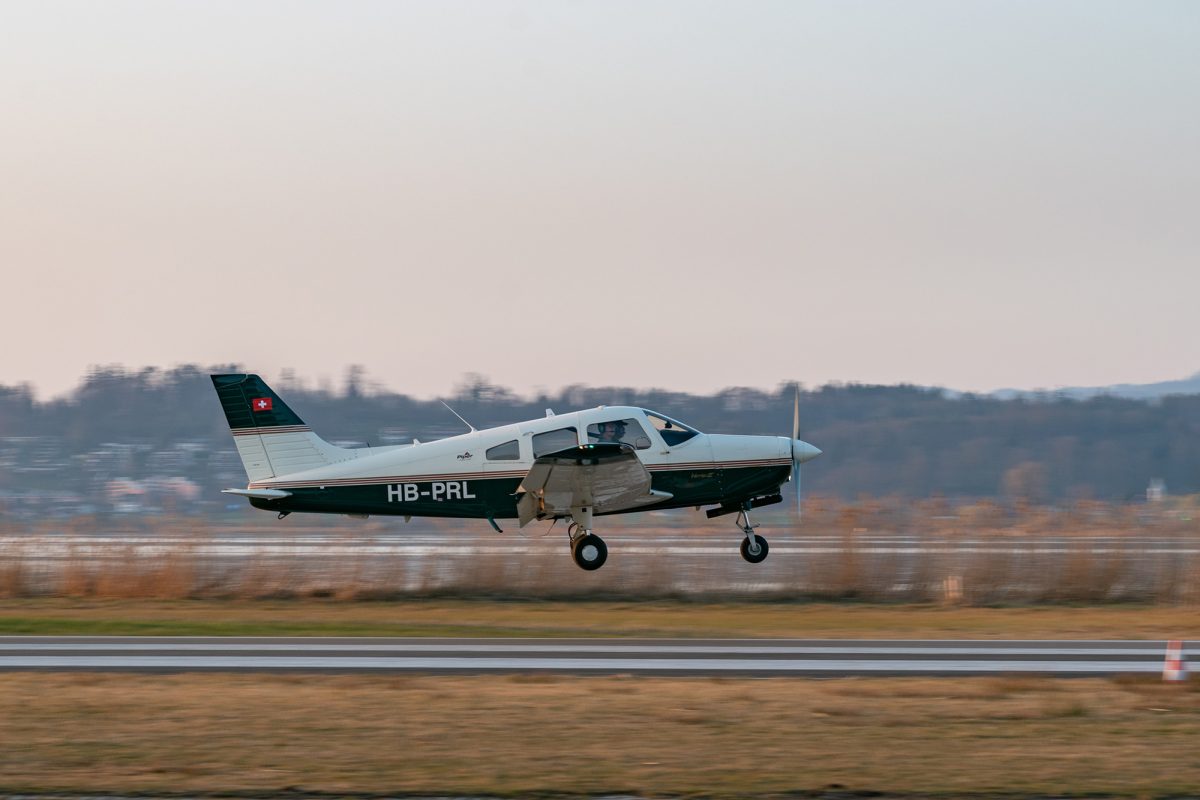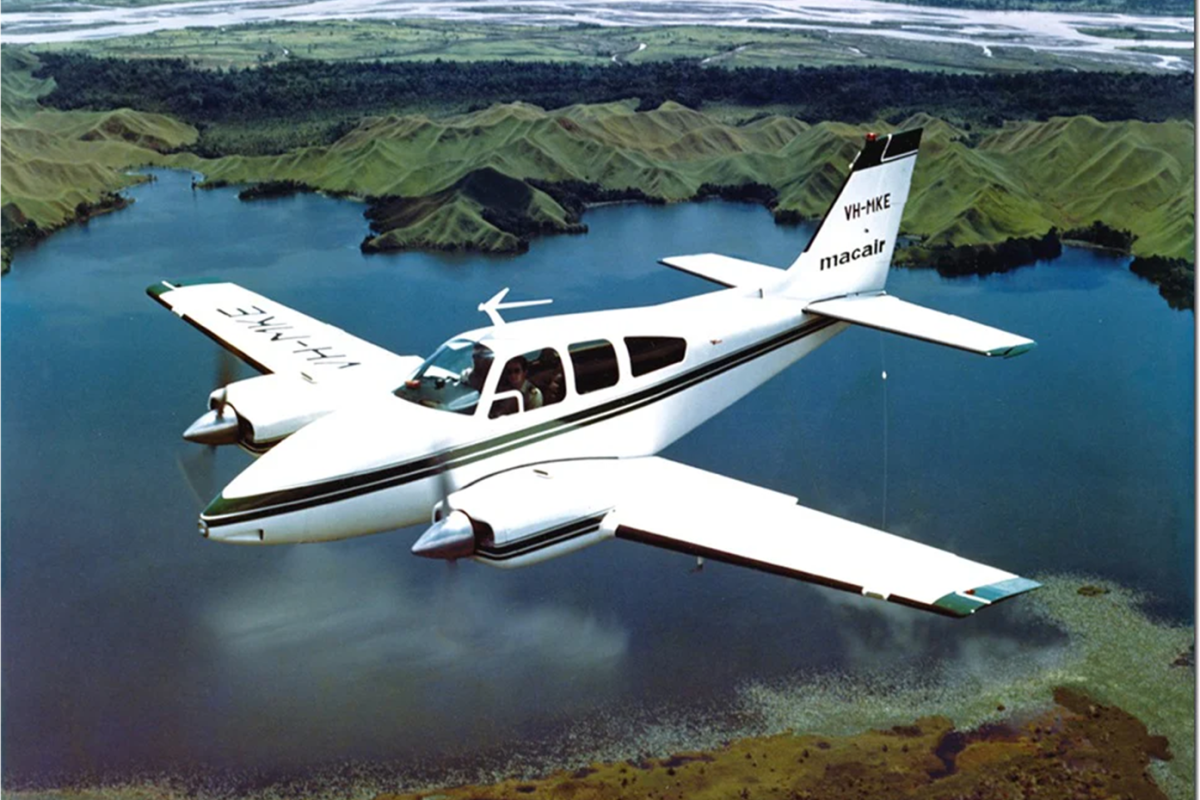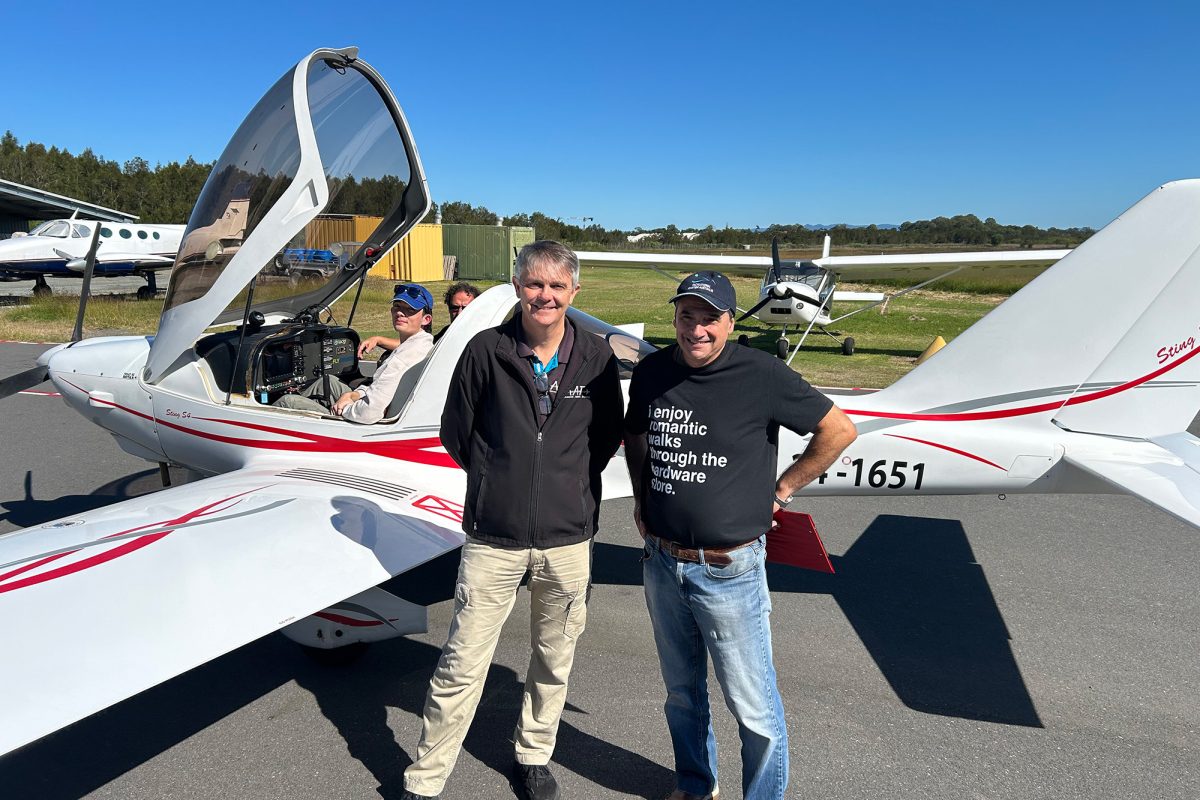STARTING THE ENGINE IN A PIPER TOMAHAWK HAD BEEN AN ARCANE RITUAL. PART MECHANICAL, PART PLEA TO INDIFFERENT GODS. IAN LEITHHEAD DOCUMENTS HIS MOVE FROM GA TO RAAUS.
Getting into the ultralight is an exercise in dexterity. Face away from the seat, step backwards onto the main tire. Bum in first, and then the sort of contortions usually seen in emerging butterflies. Head down to clear the small opening and then avoid the main spar, one knee up to go over the stick, twisting to find the parts of the four-point harness that has gone into hiding. I’m sitting on it of course, and then the realisation that I cannot plug in my headset without dislocating every joint in my arm. I have to get out again and the process is not exactly the reverse. As an aside, I have a friend who occasionally flies with me who can somehow, just step in and sit with a level of grace I considered impossible. So perhaps this problem is more me than the plane.
Let’s take a small step back in time. A variety of changes capped off by COVID lockdown led to me standing on the porch of an RAAus flying school at a regional airport. My expectations had been shaped by years of typical GA flight training and the building before me did not meet those expectations. For a start it wasn’t in a hangar, it was a two-room demountable office. But they had aeroplanes, I had money, and we were both willing to combine the two into flying lessons. Inside were the familiar maps on the wall and the dog-eared flying magazines. Missing was the rigid hierarchy, and the white shirts with gold bars on the shoulders. Who were the instructors and who were the students? I had to ask.
I had spoken to a Bruce on the phone, and one of the two gentlemen within was also called Bruce. The other reminded me of the person who had taken me on a trial flight in a weight shift trike years before. We shall call him Ned. Sitting at the inferior side of Bruce’s desk, we went through the usual introductions; my RPL, my log book. This changed the discussion to the rules for conversion. Do some flying, do a written exam, do a practical flight exam, get a rubber stamp. Bam, certificate. My first thought as I saw the plane that would be my training mount was “Where is the rest of it?”. Not that anything was missing, nor did it resemble the illegitimate offspring of a catamaran and a lawnmower. It was just small. I’ve ridden heavier motorbikes.
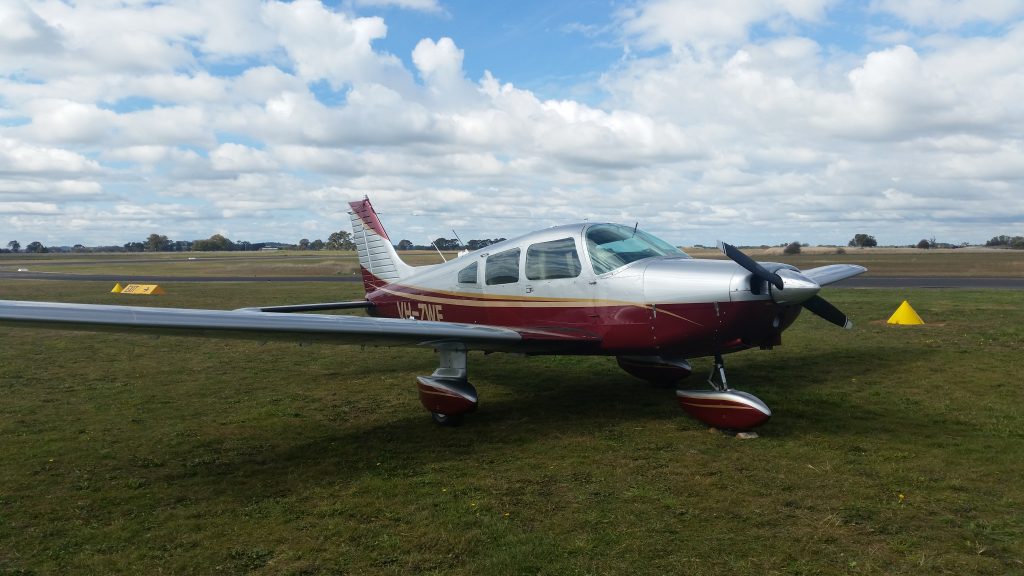
The Pipistrel Alpha Trainer is a small plane, an impression enhanced by Bruce’s lanky height. The guided introduction revealed a conventional aeroplane. The greatest divergence being that where the Pipers I had flown in the past were a riveted tin box, this was a sleek plastic tadpole, with a tiny propeller. Once inside, finally, and the cushions readjusted, it was comfortable in a sports car kind of way. Comfortable and familiar. Mostly. The seat didn’t move, but the rudder pedals did. There was a checklist – and I love checklists. I love the process of: find it on the checklist, find it on panel, make it go click. Done. It felt like home — until engine starts. Starting the engine in a Piper Tomahawk had been an arcane ritual. Part mechanical, part plea to indifferent gods. Primers that won’t unlock then won’t relock, mixture to rich, unless it wasn’t. Throttle closed, unless it was supposed to be open. An uncertain shout of ‘clear prop’, and then the desperate hope that the engine fires before the battery goes flat. You get three chances. Not here. It’s just fuel on, ignition on, press button, BRRRR. I still shout “clear prop”, but with much more confidence.
Taxi settles into normal — wait! No toe brakes. After a couple of futile seconds pushing on the pedals, Bruce calmly points out the centre console handoperated brake. It works fine, but I’m not happy. Even my flight simulator has toe brakes. Taxiing is the same (except for toe brakes), radio calls were the same. The instant I press the transmit button, I lose the power of speech. Run up is the same (except toe brakes would be really handy when the power pulls you through the park brake, just saying).
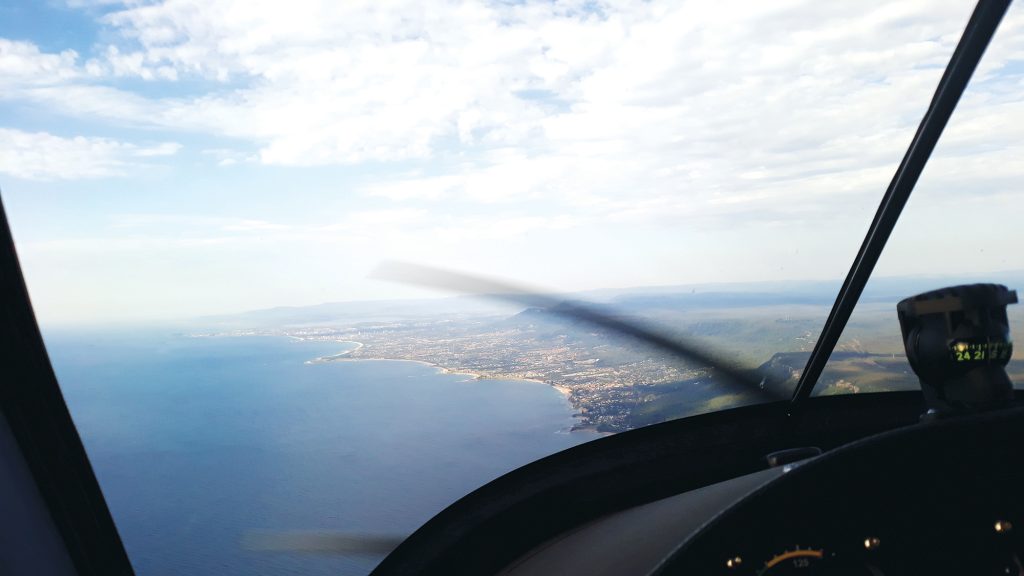
The next two surprises came in rapid succession. First, the acceleration was remarkable. The Alpha is a small plane, with a small engine. I thought it would balance out. By the time I’d confirmed we had airspeed, we had too much. Then we were climbing at a ridiculous angle in an attempt to keep the airspeed where we wanted. Then came the second surprise. The stick controls were so light. The beefy responses I had developed driving the Tomahawk around the sky were greatly in excess of the Alpha’s requirements. ‘Gentle hands. Small movements,’ was my mantra as I flew. This makes for a gentle co-operative flight. There is a down side. Trim, is intended to reduce the pressure on the controls. What pressure? I could hook my little finger around the stick and still over-power every axis.
The plane was a joy to fly. Responsive – look in the direction you want to go and the Alpha turns with you. The feeling of oneness with the plane was greater than anything I had experienced. With the lightness, the more-than-sufficient engine, the elegant sleekness, it was no surprise that the Alpha did not slow when power was reduced, even to idle. It seems to have a glide ratio of forever. To bring this sleek little tadpole to flap extension speed, I needed to initiate a slight climb and wait.
Any further issues were of my own making. Every surprise had been a delight (except toe brakes). There was more flying. Some were lessons, some were just for the pleasure, some were with Ned. There were other LSAs, though I keep coming back to the Alpha with its comic entry procedure. I passed the exams; these were done on paper and marked in front of me, allowing the few errors to be explained immediately. At this point we discovered that my radio endorsement had never been registered by CASA, so we added that as well. The flying exam, surprisingly, required an examiner from somewhere else and I think I preferred this. The examiner never knew how bad I’d been. He only saw I was good enough.
I’ve left one thing until last because it’s not really about flying. In GA I was paying about $400 an hour to fly a 40-year-old aeroplane. In RAAus I’m paying about $200 an hour to fly a five-year-old plane. That is a lot of extra flying hours for what is essentially the same type of flying. I may renew my medical and pursue my PPL, but for now everything I want from flying is found in an ultralight.
